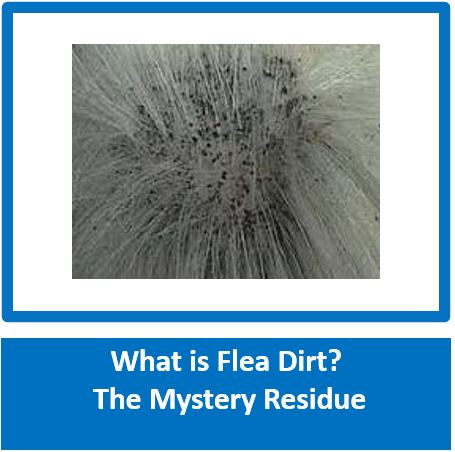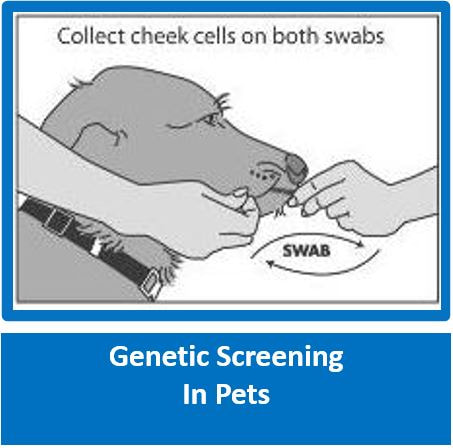
Upset stomachs, itchy skin and other uncomfortable symptoms are often a result of your pet being sensitive to the food or environments it is coming into contact with. These allergic reactions are one of the main reasons people take their pets to the vet. Our allergy test was designed as a cost effective easy-to-use pet sensitivity test to help you find out what may be affecting the health of your beloved pet.
The test was developed to measure the highest level of accuracy, approximately 100 of the most commonly known allergens that your pet may be reacting to. We test foods and environmental factors and you will also find out which popular supplements and every-day household products your pet may be allergic to. www.muttmix.co.za. SALE R1850 Jan 24
The test was developed to measure the highest level of accuracy, approximately 100 of the most commonly known allergens that your pet may be reacting to. We test foods and environmental factors and you will also find out which popular supplements and every-day household products your pet may be allergic to. www.muttmix.co.za. SALE R1850 Jan 24

Can You Predict the Adult Size of a Mixed Breed Puppy?
www.vetstreet.com
Fabulous website - well worth a visit)
www.vetstreet.com
Fabulous website - well worth a visit)
Q: We just got a great puppy from our local shelter. We love this dog, but we're really hoping he doesn't get too big. The shelter guessed he was a Chihuahua mixed with Terrier, so I'm hoping that's true to keep the size small. Is there any way to know for sure? (Don't worry, we're keeping him, regardless!)
A: Guessing the adult size of a puppy of unknown origins is tricky business, to say the least. Many experienced shelter workers and more than a few veterinarians are pretty good at it, but true size soothsayers are hard to come by.
As you've already guessed, if you know what breeds went into the mix, you can get some sense of size. The problem is that some young pups are so mixed up that it's anyone's guess. You'll need to take your new puppy to the veterinarian anyway, so that's a great place to start asking around. If you want to up the odds of an accurate estimation, request a DNA test. They don't work every time, but they can quickly sort the issue out.
The other way to predict a puppy's adult size is to look at his paws: Big dogs start out with relatively big puppy paws. But, be warned, nothing is fool proof. A well-regarded expert and friend once adopted a puppy from one of the nation's best-known shelters. After commiserating with the vastly experienced shelter staff, they guessed the pup for a terrier mix and predicted an adult size of 30 to 40 pounds. That little puppy grew up to be a 90-pound tank of a dog. So much for the experts!




